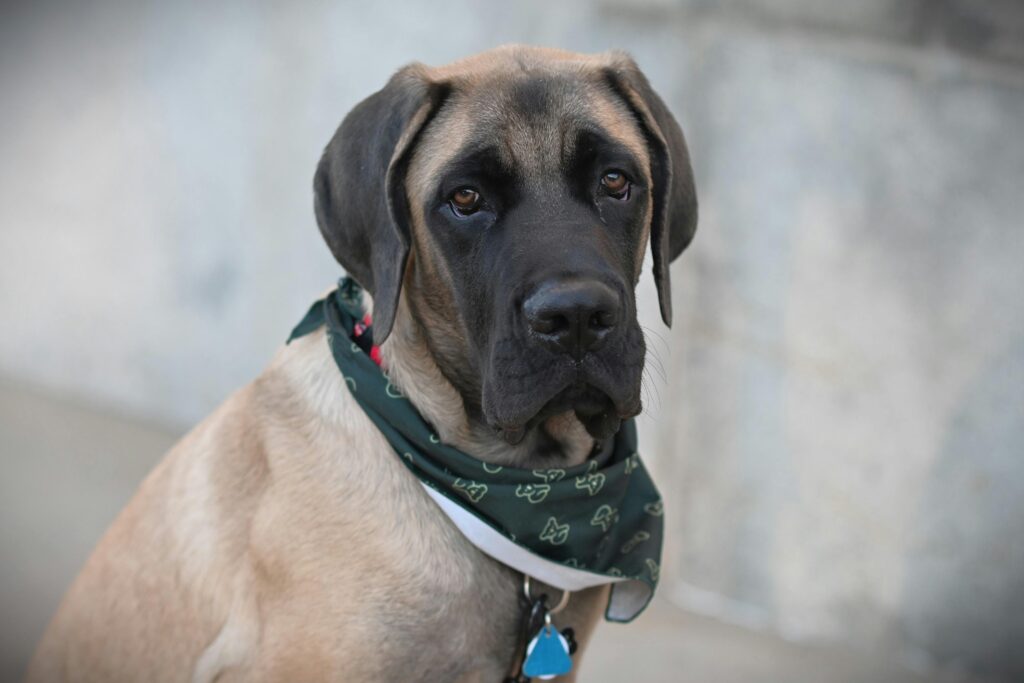
Puppies get excited when they know it’s time for a walk — some bounce, bark, spin, or scratch at the door. While their enthusiasm is adorable, it can become a challenge if they start charging through the door or pulling on the leash the moment you reach for it. Teaching your puppy to pause calmly at the door before walks is a simple but powerful habit that sets the tone for safer and more enjoyable outings.
A calm pause at the door helps your puppy learn self-control, reduces the risk of darting into the street, and makes leash training much smoother. Here’s a step-by-step guide to help you build this essential behavior into your puppy’s daily routine.
Why a Door Pause Matters
Before we get into the “how,” it’s important to understand the “why.” Many new puppy owners assume the pulling and jumping at the door will go away on its own, but it’s actually a learned behavior. If a puppy gets rewarded (by going outside) for hyper behavior, they’ll keep doing it. A calm pause teaches that waiting patiently is what opens the door — literally.
Benefits of teaching your puppy to pause at the door include:
- Better leash manners during walks
- Safer door exits, especially in busy areas
- Building your puppy’s impulse control
- Less stress for you at walk time
Step 1: Start With Leash Introduction
Before you even approach the door, practice inside. Put the leash on your puppy while they’re calm. If your puppy gets too excited just seeing the leash, wait until they settle down before proceeding. Reward calm behavior with treats and praise.
You want your puppy to associate the leash with quiet focus, not jumping and spinning.
Step 2: Approach the Door — Then Wait
Walk with your puppy to the door. If they start pulling or jumping, stop immediately. Stand still and wait. The key here is patience. Don’t open the door while your puppy is pulling, barking, or scratching. Wait until all four paws are on the ground and they’re looking up at you or sitting calmly.
Once your puppy is calm, say a cue like “wait” or “pause.” Then reach for the doorknob. If they start to jump again, pull your hand away and pause the process.
Step 3: Use Positive Reinforcement
The moment your puppy sits or stands calmly, reward them with a treat and praise. Repeat this several times before you actually open the door. You’re building a new association — calm behavior brings rewards and access to the outdoors.
It might take a few days (or even weeks for high-energy puppies), but consistency is key. Every time they pause calmly, the reward becomes stronger.
Step 4: Practice Door Opening in Stages
Once your puppy can stay calm while you touch the doorknob, take the next step: slowly crack open the door. If they rush forward, quickly close it and wait for calm again. Repeat this step until your puppy understands they must stay put while the door opens.
You can even use your body as a gentle barrier, standing between your puppy and the door as you open it.
Eventually, you’ll be able to open the door fully without your puppy moving — that’s when you know they’re ready to move to the next phase.
Step 5: Add a Release Cue
After your puppy pauses calmly and the door is open, give a clear release cue like “okay” or “let’s go.” This teaches them that they must wait for permission before stepping outside. The release cue becomes the green light — and it gives you more control in real-life situations, like busy streets or unfamiliar places.
Step 6: Practice Daily
Like any training, repetition builds reliability. Practice this routine every time you go for a walk — even if you’re running late. Skipping it reinforces bad habits, so take the extra 1–2 minutes to reinforce the pause.
Over time, this will become second nature to your puppy. You’ll be amazed how a few moments of calm at the door can lead to a smoother, more enjoyable walk.
Common Mistakes to Avoid
- Opening the door too soon: If your puppy is excited, don’t open the door “just this once.” It undoes the training.
- Using punishment: Yelling or jerking the leash can create fear or confusion. Calm redirection works better.
- Skipping the reward: Reinforce calm behavior with treats or praise every time, especially early in training.
- Inconsistent commands: Stick to one cue word like “wait” or “pause” so your puppy knows what’s expected.
Making Calm a Habit
This simple routine doesn’t just help with walks — it also lays the foundation for other useful behaviors. Puppies that learn to pause at the door often have better manners in other areas, like mealtime, crate time, and car rides.
If your puppy struggles with the pause even after consistent practice, consider getting help from a professional trainer or enrolling in a basic obedience class. Sometimes a little extra guidance makes all the difference.
Conclusion
Training your puppy to pause calmly at the door before walks is one of the easiest and most rewarding behaviors to teach. It builds better focus, promotes safety, and creates a peaceful start to your time outside.
With patience, consistency, and a few well-timed treats, your pup will learn that good things come to those who wait — even if they have four paws and a wagging tail.
